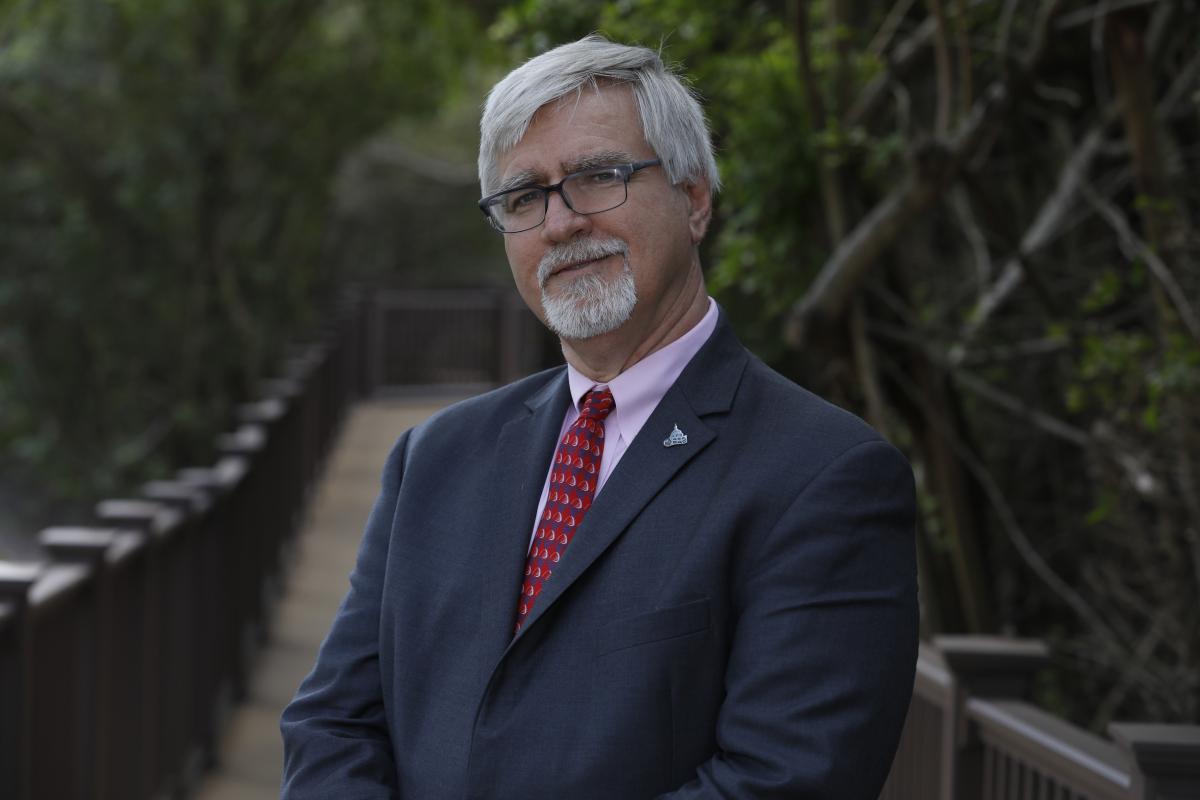Pensions were not on my mind in 1974, certainly not on Labor Day of that year.
 While I was pondering my new college textbooks (and trying to figure out how I was going to pay for $.55/gallon gasoline), President Gerald R. Ford, less than a month in that role—and, appropriately enough on Labor Day, signed into law the Employee Retirement Income Security Act of 1974—better known to most of us as ERISA.
While I was pondering my new college textbooks (and trying to figure out how I was going to pay for $.55/gallon gasoline), President Gerald R. Ford, less than a month in that role—and, appropriately enough on Labor Day, signed into law the Employee Retirement Income Security Act of 1974—better known to most of us as ERISA.
Little did I know at the time that that law—and the structure it provided to the nation’s private pension system—would, in the years to follow, play such an integral role in my life. And yet, in a wide variety of positions, and a handful of different organizations and locations, from that first college internship in 1977 to—well, today—retirement has been my career.
ERISA did not create pensions, of course; they existed in significant numbers prior to 1974. A major motivation for ERISA was the termination of the Studebaker[i] pension plan for its hourly workers in 1963. At the time, the plan covered roughly 10,500 workers, 3,600 of whom had already retired and who—despite the stories you sometimes hear about Studebaker—received their full benefits when the plan was terminated.
However, some 4,000 workers between the ages of 40 and 59—didn’t. They only got about 15 cents for each dollar of benefit they had been promised, though the average age of this group of workers was 52 years with an average of 23 years of service (another 2,900 employees, who all had less than 10 years of service, received nothing). And so, armed with the real life example of those Studebaker pensions, highlighting what had been a growing concern about the default risk of private sector plans (public sector programs weren’t seen as being vulnerable to the same risk at that time)—well, it may have been a decade before ERISA was to become a reality, but the example of Studebaker’s pensions provided a powerful and on-going “real life” reminder of the need for reform.
In fact, ERISA was designed to regulate what was there and would yet come to be—to protect the funds invested in those plans for the benefit of participants and beneficiaries with a consistent set of federal standards. And, as part of that protection, to establish the Pension Benefit Guaranty Corporation (PBGC). As President Ford said at the time, “It is essential to bring some order and humanity into this welter of different and sometimes inequitable retirement plans within private industry.”
Has ERISA “worked”? Well, in signing that legislation, President Ford noted that from 1960 to 1970, private pension coverage increased from 21.2 million employees to approximately 30 million workers, while during that same period, assets of these private plans increased from $52 billion to $138 billion, acknowledging that “[i]t will not be long before such assets become the largest source of capital in our economy.” Today, that system has grown to exceed $12 trillion (and another 11.5 trillion in IRAs, much of which came from that private retirement system), covering more than 97 million active workers (142 million in total) in more than 746,000 plans.
The composition of the plans, like the composition of the workforce those plans cover, has changed significantly over time. While much is made about the perceived shortcomings in coverage of the current system, the projections of multi-trillion dollar shortfalls of retirement income, the pining for the “good old days” when (people act like) everyone had a pension (that never really existed for most), the reality is that ERISA—and its progeny—have unquestionably allowed more Americans to be better financially prepared for a longer retirement. Indeed, the Labor Department recently reported that plans disbursed $266 billion more than they received in contributions[ii] during 2020.
Forty-nine years on, ERISA—and the nation’s retirement challenges—may yet be a work in progress. But it’s hard to imagine American retirement without it, and the individuals who gave it “birth.”
Happy birthday, ERISA!
[i] I’d wager that a majority of Americans have never even heard of a Studebaker, and the notion that a major U.S. automobile maker once operated out of South Bend, Indiana would likely come as a surprise to most. The Studebaker brothers (there were five of them) went from being blacksmiths in the 1850s to making parts for wagons, to making wheelbarrows (that were in great demand during the 1849 Gold Rush) to building wagons used by the Union Army during the Civil War, before turning to making cars (first electric, then gasoline) after the turn of the century. Indeed, they had a good, long run making automobiles that were generally well regarded for their quality and reliability (their finances, not so much) until a combination of factors (including, ironically, pension funding) resulted in the cessation of production at the South Bend plant on Dec. 20, 1963.
[ii] Though in total, contributions (DB and DC) increased by 3.2%, to $694.2 billion.

